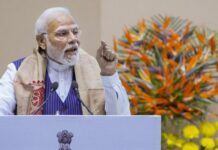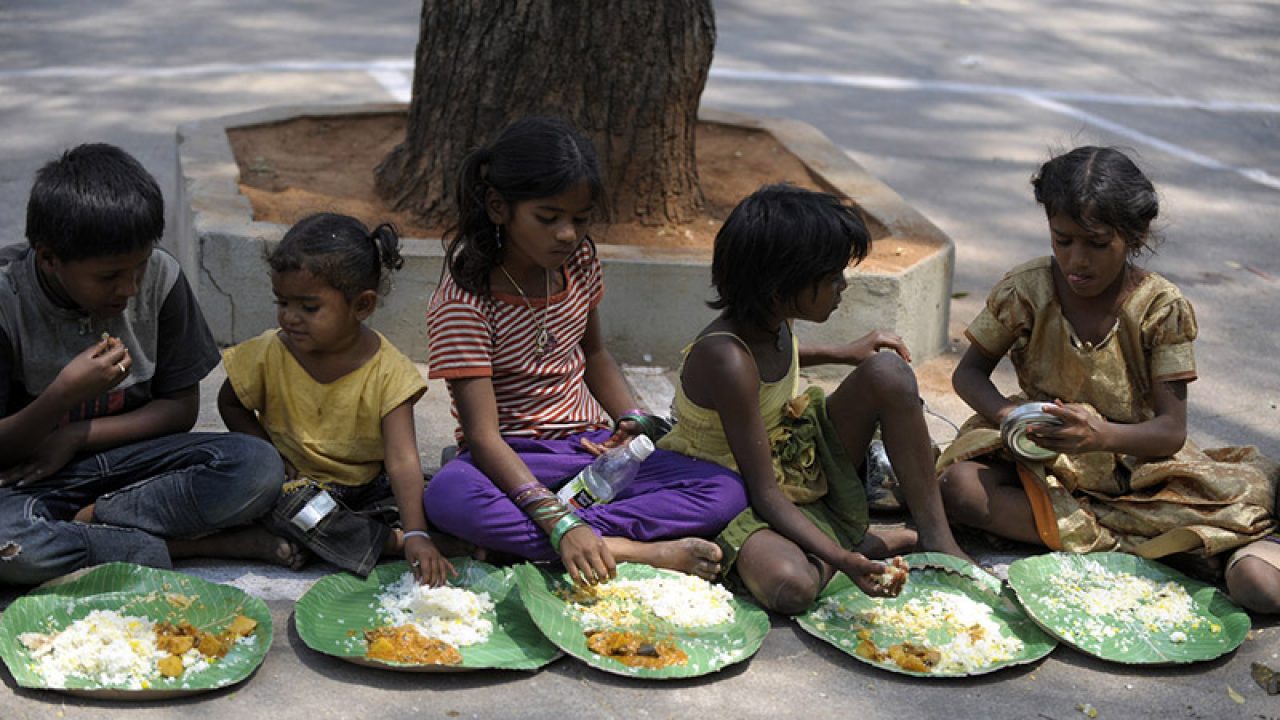With improved growth in farm, mining and manufacturing sector outputs, India’s GDP is projected to grow 9.2 percent in the current financial year (2021-22), according to the first advance estimates released by the National Statistical Office (NSO). In 2020-21, a national lockdown forced by the Covid-19 onslaught had left the economy battered with GDP contracting 7.3 percent. India went into nationwide lockdown from March 25, 2020 to curb the spread of the corona virus, which severely dented the economic growth in the 2020-21 fiscal year. At the time India witnessed its first technical recession following 2 successive quarters of negative growth since 40 years.
India’s RBI has projected the third quarter (Oct-Dec 2021) and fourth quarter (Jan-Mar 2022) to grow 6.6 percent and 6 percent, respectively. Real GDP had grown 8.4 percent in July-September 2021, after a sharp 20.1 percent jump in April-June 2021.
According to leading economists, sectors such as agriculture will grow 3.9 percent in FY22 as against 3.6 percent in the previous year, while manufacturing sector is expected to 12.5 percent as against a 7.2 percent contraction last fiscal. Electricity generation is estimated to grow 8.5 percent as against 1.9 percent last year.
Trade, hotels, and transport services are projected to post growth of 11.9 percent owing to the base effect – in 2020-21; it had contracted sharply by 18.2 percent. In absolute terms, this services segment is still estimated to be below pre-pandemic levels.
The growth in FY22 is also driven largely by government capital spend.
India is likely to overtake Japan as Asia’s second-largest economy by 2030 when its GDP is also projected to surpass that of Germany and the UK. Currently, India is the sixth-largest economy in the world, behind the US, China, Japan, Germany and United Kingdom. India is expected to be the third largest consumer economy as its consumption may triple to US$ 4 trillion by 2025, owing to shift in consumer behavior and expenditure pattern, according to a Boston Consulting Group (BCG) report. It is estimated to surpass USA to become the second largest economy in terms of purchasing power parity (PPP) by 2040 as per a report by PricewaterhouseCoopers.
Why is the Indian economy so strong?
Due to India’s strong educational base, its skilled people, the culture of savings and tolerance as the cultural foundation for a higher economic growth path. Demographically, India will benefit from a young working population, 54% of which is less than 25 years of age.
What is the risk?
A surge in infections: One of the biggest concerns that economists have had while making economic projections is the possible surge in infections and the consequent return of mobility restrictions. In fact, with new variants coming to the fore, several countries are reimposing restrictions.
Inflation: Recent spikes in inflation have concerned policymakers in the United States and European Union, where a strong rally in demand has been met with supply constraints because of global supply chain disruptions and shortages.
Disputes at borders: Chinese aggression in the northern border areas and dealing with Pakistan based terror organizations across the western borders.







